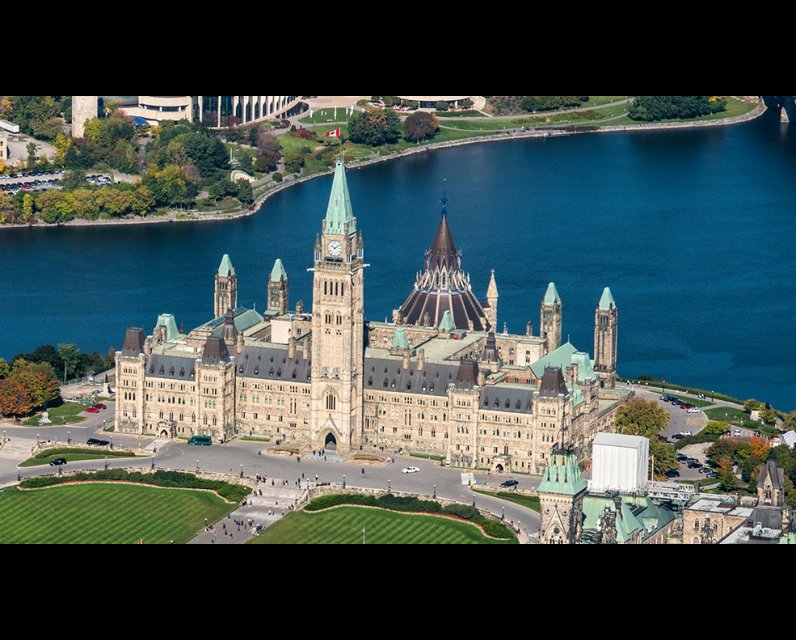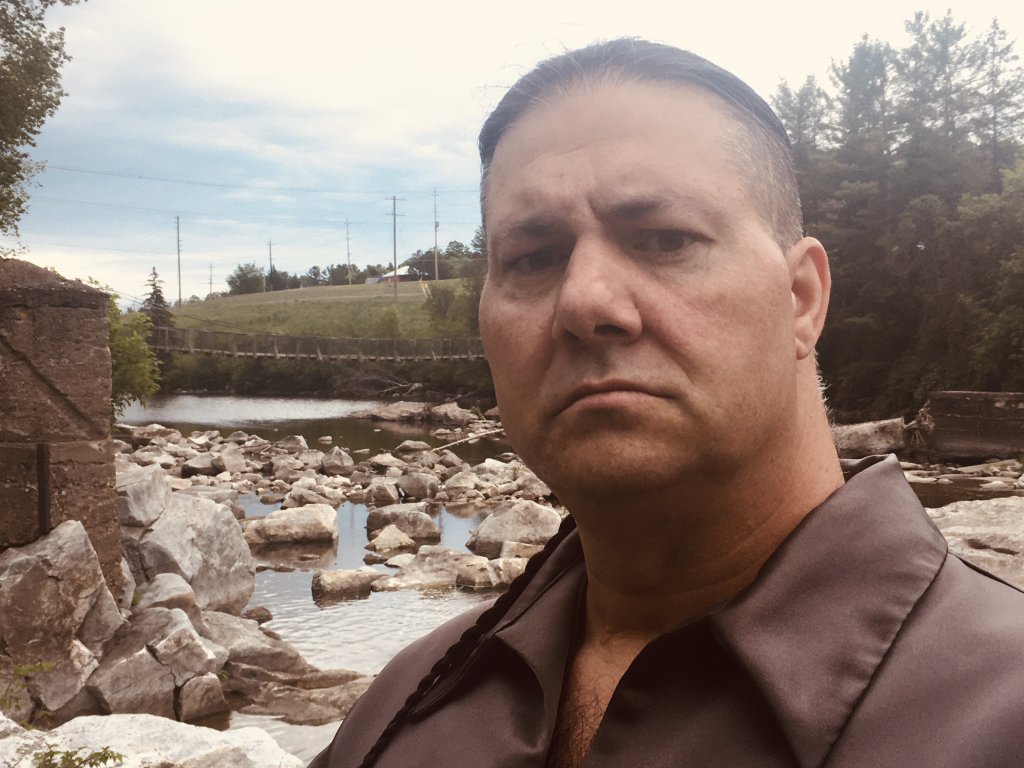Unpublished Opinions
Renfrew, Ontario
About the author
My name is Jason (Rotisken'rakehte) Arbour, Appointed Chief and Legal Representative of Kana:tso Kaniengehaga First Nation. In 1903 my family/band was disbanded from our Indian resserve and place of origin at Gatineau, Quebec. To date, I have been chosen to raise awareness and respectfully represent our community's legal interest of re-establish our historical rights to our traditional territory at the Chaudiere Falls.
I am indigenous to the Ottawa-Hull region of Canada. I was born and raised in Ottawa and I am happily maried with five boys and one grandaughter.
What is the meaning of Genocide?
July 8, 2019

According to the Oxford Dictionary, 'Genocide' is the deliberate and systematic extermination of a national, racial, political, or cultural group.
My name is Jason (Rotisken'rakehte) Arbour, my family or cultural group originates from Kana:tso, today's Chaudière Falls. We are Kanienkehaka in origin. Kanienkehaka means "People of the Flint" and Kana:tso means "Pail or Pot". My Kanienkehaka ancestors named the Chaudière Falls Kana:tso, because if viewed from above the Falls, it looked like the water was dumping into a steaming pail, hence the name.
Before European contact, my family quarried limestone, quartz and chert from the Chaudiere falls. On the northern shore of the Ottawa river, adjacent Kana:tso, my ancestors created arrow heads, tools, smoking pipes and pottery, all with the local natural resources.
Now there has been members of other First Nation's who state Jason Arbour is a desperate blurry man, who's only goal is to remove other First Nations from the Chaudiere falls, also, that no indigenous community would recognize him as a friend or ally. This is a misconception and misrepresentation of my aspiration, my intention has only been to raise awareness of my ancestral community in a respectful manner, while asserting my band or sub-nations indigenous rights.
The assertion of an indigenous right in Canada is no easy task, you need to substantiate your affirmation, to accomplish this, you must first collect and compile a compilation of documentation that will support your declaration, or you may find yourself ridiculed or unfortunately a victim of abusive behaviors. I have been defamed, disrespected and called names for standing up for my extended family, my descendants and my ancestors' land, whose grassroots are indeed from the Indian Encampment/Reserve in Hull.
I can explain why there is a misunderstanding, and a lack of knowledge regarding my family's cultural origin's and Historical Rights Bearing Community or Indian Reserve at Kana:tso.
In 1864 through 1990, the Canadian Government recorded selected annual population figures of First Nation bands and tribes across the lands of Canada. Although some indigenous population figures were not collected, the negligence can not confirm there was no indigenous population at certain places in Canada. At Kana:tso, the annual Indigenous population figure collection began in 1871 and the population figure was listed as "Indians of Hull Township 66".
Now to identify the origins of the Indians at Kana:tso, we need to examine the Canadian census for the Township of Hull of 1871. Unlike the annual Indian population figures, Canadian census records were only collected every decade. In the Hull city census of 1871, the population of Indians and origins records 66 Iroquois living together in one area. However, a line is drawn through the word 'Iroquois' and the word 'Indian' is written above it.
The 1864 through 1990 Canadian Indian Affairs population figure report continued to label these 66 Iroquois as only "Indians of Hull Township 66". Again in 1872, 1873, 1874, 1875, 1876, 1877 these poeple are reffered to only as 'Indian'. However, two years after the creation of the Indian Act in 1878, the Indian Affairs population figure was mislabeled "Algonquins of Hull 66". I received this information from a history group report written by Jodi Pegg on 2019/04/09, who was hired by the Crown Indigenous relations department of Indian Affairs.
Every year that followed 1877, the Canadian department of Indian affairs labeled the Indians of Hull Township, "Algonquins of Hull". This misrepresentation of our Iroquoian cultural group origins have assisted in the misunderstanding that the Indians of Hull were of Algonquin origins.
Now does this assist and help explain how complex asserting your indigenous rights and origins can be in Canada, especially when the department of Indian Affairs--the organization charged with protecting your interests and cultural origins--misrepresents them. This was not just an incompetent error made by Canada, this was the deliberate extermination of a cultural group's racial origins.
So the next time there are indigenous ceremonies and land acknowledgments at the Museum of History on Laurier Ave in Hull, or on Parliament Hill across the river in Ottawa, please be culturally sensitive and remember we Kanienkehaka of Kana:tso are still here, hidden in plain site.
Supporting Documentation (See PDF below)
- The 1863 map of the Township of Hull confirms there was a population of indians living in Hull before Canada collected its first annual population figures at Hull in 1871.
- For validation of the Kanienkehaka Indian Reserve located on Laurier Ave, the same street as the Museum of History in Hull, please view the 1901 Hull census of Buildings and Lands, Churches and Schools. Or go to Archives Canada on Wellington Street in Ottawa and look up RG13, 1901 Dominion Census, Schedule No. 2, Province of Quebec, Wright District No 200, Sub District L City of Hull, Ward 5, T-6549, LAC Ottawa.
In closing, I would like to say that we Kanienkehaka from Kana:tso would like to remind all First Nations, as well as the people of Ottawa-Gatineau, that our intention is not to take away from any other First Nation, but rather to be acknowledged, respected and included in discussions about First Nations land claims in the Ottawa--Gatineau area.
Skennen:kowa



Comments
Be the first to comment